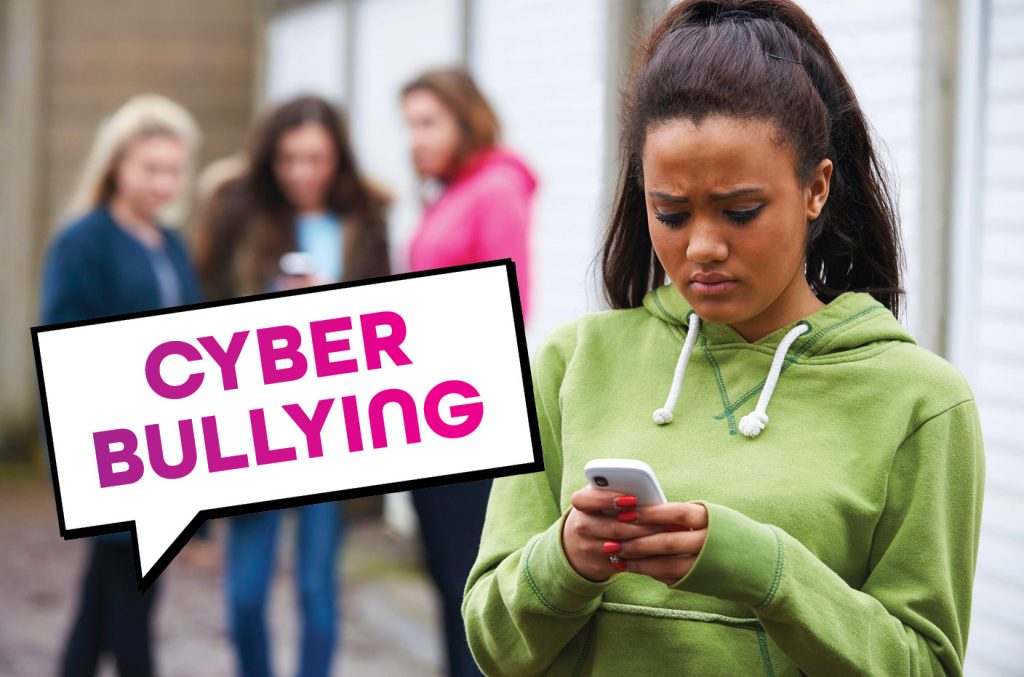Cyberbullying Awareness: Protecting Your Child from Online Harassment

Cyberbullying Awareness: Shielding Your Child from the Perils of Online Harassment
Cyberbullying Awareness: A Scourge in the Digital Age and a Call to Action for Parents
Cyberbullying, a pervasive and pernicious form of harassment that victimizes millions of children and adolescents, has emerged as a grave concern in the digital age. Perpetrated through electronic devices, cyberbullying manifests in various insidious forms, including:
- Social Media Harassment: Exploiting social media platforms as conduits for cruelty, bullies inflict emotional distress by posting hurtful or threatening messages, spreading malicious rumors, and sharing embarrassing photos or videos of their victims.
- Texting: The anonymity of text messaging empowers bullies to send harassing, threatening, or sexually explicit messages to their targets.
- Online Gaming: The virtual realm of online gaming provides a breeding ground for cyberbullying, where players engage in verbal abuse, griefing (intentionally disrupting gameplay), and doxing (revealing personal information without consent).
- Cyberbullying awareness on young minds is nothing short of devastating. This insidious form of harassment can trigger a cascade of negative consequences, including:
- Emotional Distress: Victims of cyberbullying often suffer from anxiety, depression, low self-esteem, and suicidal thoughts.
- Behavioral Problems: Cyberbullying can lead to withdrawal from social activities, school avoidance, self-harm, and substance abuse.
- Academic Problems: The emotional turmoil caused by cyberbullying can impair concentration, leading to declining grades and difficulty performing in school.

Cyberbullying Awareness – Unveiling the Hidden Signs: Recognizing the Red Flags of Cyberbullying
Parents play a critical role in safeguarding their children from the perils of cyberbullying. Recognizing the telltale signs that your child may be experiencing this form of harassment is paramount. Be vigilant for the following indicators:
- Cyberbullying Awareness Emotional Signs:
- Persistent sadness or depression
- Anxiety, fear, or panic attacks
- Withdrawal from social activities
- Changes in sleep or eating habits
- Cyberbullying Awareness – Behavioral Signs:
- Avoiding social situations or spending excessive time alone
- Skipping school or feigning illness
- Engaging in self-harm or risky behaviors
- Substance abuse
- Cyberbullying Awareness – Academic Signs:
- Difficulty concentrating in school
- Declining grades
- Loss of interest in academic pursuits
Empowering Parents: Strategies for Protecting Children from Cyberbullying
As parents, we have a moral imperative to protect our children from the harmful effects of cyberbullying. A proactive approach is essential, involving open communication, diligent monitoring, and the establishment of clear boundaries:
- Open Communication: Initiate conversations with your child about cyberbullying. Emphasize that it is a serious issue and that you are there to support them unconditionally.
- Diligent Monitoring: Familiarize yourself with your child’s online activity. Monitor their social media accounts, text messages, and online gaming activity without invading their privacy.
- Privacy Settings: Configure privacy settings on your child’s devices to restrict contact from strangers and limit the sharing of personal information.
- Reporting Cyberbullying: Encourage your child to report any instances of cyberbullying to you or another trusted adult. Emphasize that they are not alone and that help is available.
Responding to Cyberbullying: A Guide for Parents
In the unfortunate event that your child becomes a victim of cyberbullying, swift and decisive action is crucial:
- Document the Cyberbullying: Preserve evidence of the harassment by taking screenshots of hurtful messages, emails, or posts.
- Report the Cyberbullying: Notify the platform where the cyberbullying is occurring. Most social media and online gaming platforms have policies against cyberbullying and will take action to remove the content and/or ban the perpetrator.
- Contact the School: Inform your child’s school about the cyberbullying. Schools can provide support and resources to your child and take steps to address the issue.
- Seek Professional Help: If the cyberbullying is severe or ongoing, consider seeking professional help from a therapist. A therapist can help your child understand and cope with the emotional trauma of cyberbullying.
Resources and Support: Navigating the Challenges of Cyberbullying
Parents are not alone in the fight against cyberbullying. Numerous resources and support systems are available:
- The National Suicide Prevention Lifeline: 1-800-273-8255
- The National Center for Missing & Exploited Children: 1-800-843-5678
- The Cyberbullying Research Center: https://www.cyberbullying.org/
- The National Crime Prevention Council: https://www.ncpc.org/topics/cyberbullying
Remember, cyberbullying is a serious issue that demands our unwavering attention and collective action. By educating ourselves, monitoring our children’s online activity.

